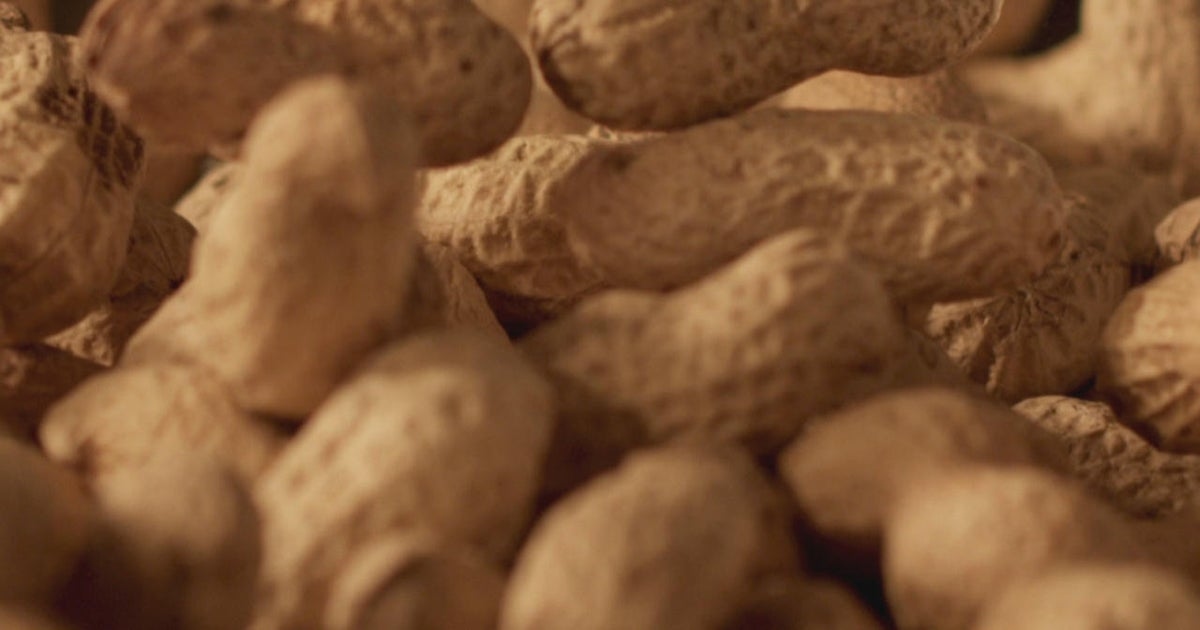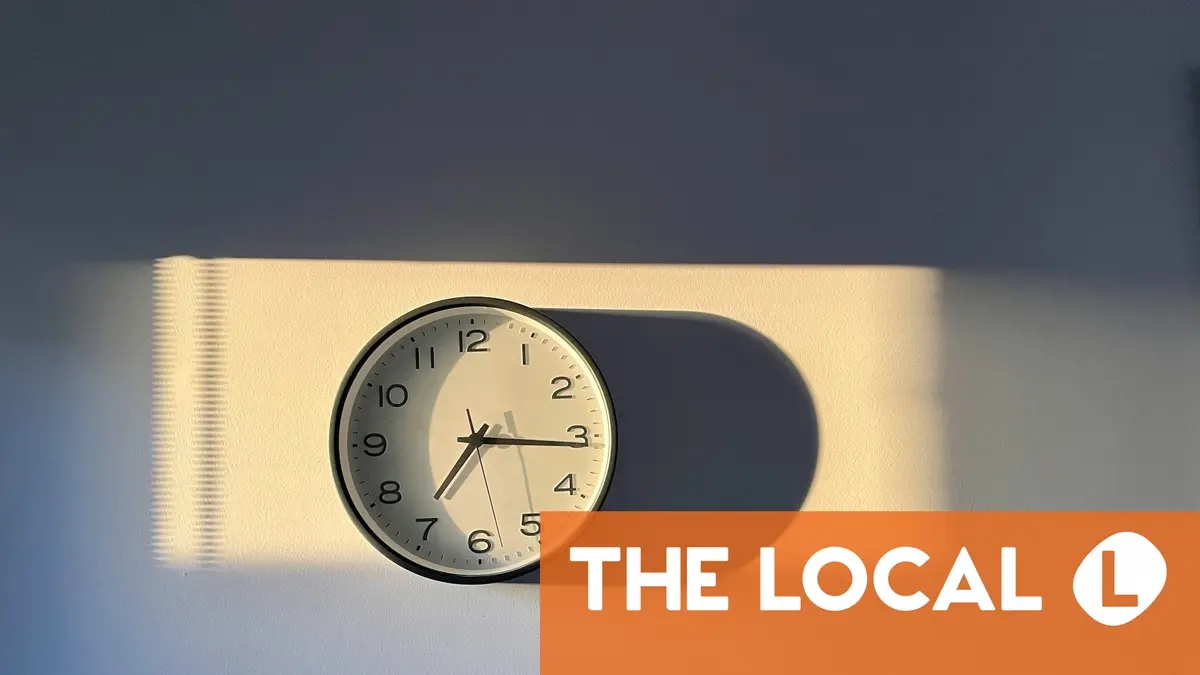Surgeon reveals three types of workouts to reduce lower back pain

Published: | Updated:
It's an ache that most of us will suffer at some point - and for millions, it can be relentless.
Globally, more than 600 million adults experience some form of back pain, making it the leading cause of disability worldwide, according to the World Health Organization.
NHS figures show that eight in ten people in the UK will endure it at some point. While most cases are not serious and resolve within a few weeks, for others the pain can drag on for months or even years.
A survey by the British Chiropractic Association found that half of Britons have suffered back pain for a year or longer.
Now an orthopaedic surgeon has revealed three simple home workouts that she says can help ease discomfort, strengthen the spine and reduce the chances of pain returning.
Dr Pamela Mehta, from Resilience Orthopaedics in the US, says the key is to build core strength, improve flexibility and keep muscles active.
'For most people with back pain, the best exercises are ones that strengthen your core and improve mobility through your hips,' she told HuffPost.
For years, patients were told that bed rest was the best remedy. But this approach has long been debunked.
An orthopaedic expert has revealed three types of exercises that can alleviate lower back pain
According to Johns Hopkins Medicine, 'rest in bed as little as possible'. It warns: 'Too much bed rest weakens your muscles and could slow your recovery. Get up and move around as soon as you can.'
However, it adds that you should pay attention to pain and twinges, and stop to rest if needed, as 'your body may be trying to prevent you from harming your back.'
The NHS advises seeing a GP if back pain doesn't improve after a few weeks, is severe, interferes with daily activities or is getting worse. You should seek urgent medical advice or call 111 if you have a fever, lose weight unexpectedly, notice a lump or change in back shape, or if pain worsens at night, spreads to the upper back or is triggered by sneezing, coughing or using the toilet.
Otherwise, the guidance is to stay active, continue with day-to-day activities, take painkillers such as ibuprofen, use ice or heat packs, and do stretches.
Dr Mehta's prescription involves three simple categories: stretching, strengthening and aerobic exercise.
1. Stretching
If you've ruled out a slipped disc - when a soft cushion of tissue between the bones of the spine bulges outwards - the cause is often soft-tissue strain. This accounts for about eight in ten cases of back pain and occurs when tiny muscles in the back are pulled or irritated.
The cat cow position is a type of yoga move which helps relieve tightness from the spine
These muscles don't need rest - they need gentle movement.
'Start with simple stretches like cat-cow or child's pose to ease stiffness and get the spine moving,' says Dr Mehta.
The cat-cow stretch, inspired by yoga, involves getting on all fours with hands aligned under shoulders. Breathe in as you drop your belly and lift your head to look upwards - the 'cow' position. Then exhale as you arch your back towards the ceiling and tuck your chin to your chest - the 'cat' position. Repeat slowly several times to release tension from neck to lower spine.
The child's pose begins from a kneeling position. Stretch your arms straight ahead, rest your forehead on the floor (or on a pillow if needed) and keep your bottom on your heels.
Both moves help relieve tightness in muscles surrounding the spine, which, according to Harvard Health, can worsen back pain when left tense.
2. Core strengthening
Next come the core-strengthening exercises, which stabilise the spine and reduce strain on the lower back.
Dr Mehta suggests starting with bridges, which help keep the spine aligned. Lie on your back with knees bent and feet flat on the floor, hip-width apart. Inhale deeply, then lift your hips until your body forms a straight line from shoulders to knees. Hold for five to ten seconds, then exhale as you lower your hips back down slowly. Increase the hold time as your strength improves.
It's important to not lift too high so that your back is in a straight line when doing the bridge
Another useful move is the bird-dog. Begin on all fours, hands under shoulders. Inhale, then as you exhale, extend your right arm forward and your left leg back simultaneously, keeping your core tight and back flat. Return to start and repeat on the opposite side.
Finally, planks – a staple of most core routines – can be performed for 15 to 60 seconds depending on your fitness level. Start on elbows and knees, lock your hands together, then straighten your legs so your body forms a straight line from head to heels. Don't let your back arch or your bottom lift. Build up the time gradually.
3. Aerobic activity
The last component is aerobic or cardiovascular exercise, which improves circulation, strengthens supporting muscles and helps prevent stiffness.
While it may sound counter-intuitive, walking can be one of the best remedies. A 2025 study found that walking for at least 100 minutes per week lowered the risk of developing chronic low back pain by 23 per cent.
Dr Mehta recommends 'low-impact aerobics' such as walking, swimming or using an elliptical machine, which keep muscles active without jarring joints.
'What matters most,' she adds, 'is consistency and good form.'
If the pain lingers beyond a few weeks, or if you experience shooting pain down your leg, she says it's important to seek medical advice.
In rare cases, persistent back pain can be a sign of something more serious.
When back pain signals something sinister
The NHS warns that, occasionally, back pain may be a symptom of cancer.
Last month, Leak Kalkan, a 23-year-old student from West Yorkshire, revealed how her persistent back pain – dismissed for years as sciatica – turned out to be caused by a tumour.
She saw her GP several times a week, describing debilitating pain that left her unable to function. Despite multiple scans and referrals, she was repeatedly told her symptoms were due to a slipped disc.
In 2023, a hard lump 'the size of a grapefruit' appeared on her lower back. When her GP refused to assess private scans carried out abroad, she sought another opinion and was finally diagnosed with Ewing sarcoma, a rare form of cancer.
Her story is a reminder that while most back pain is harmless and treatable, it should never be ignored if it persists, worsens, or comes with other unusual symptoms.
As Dr Mehta says: 'For the majority of people, the right combination of movement, stretching and strength training can make a huge difference. Your back needs to move to heal.'
Daily Mail





